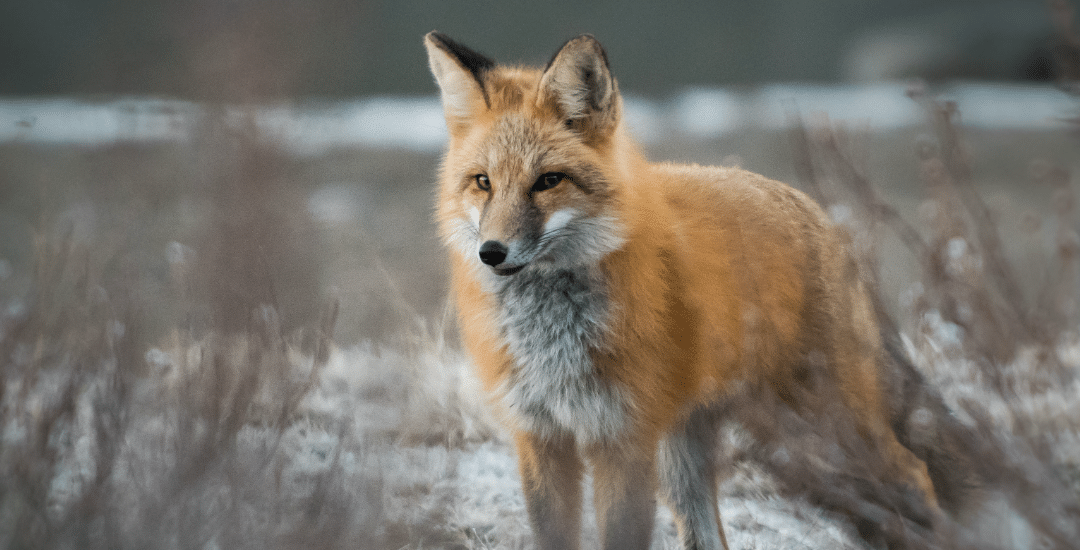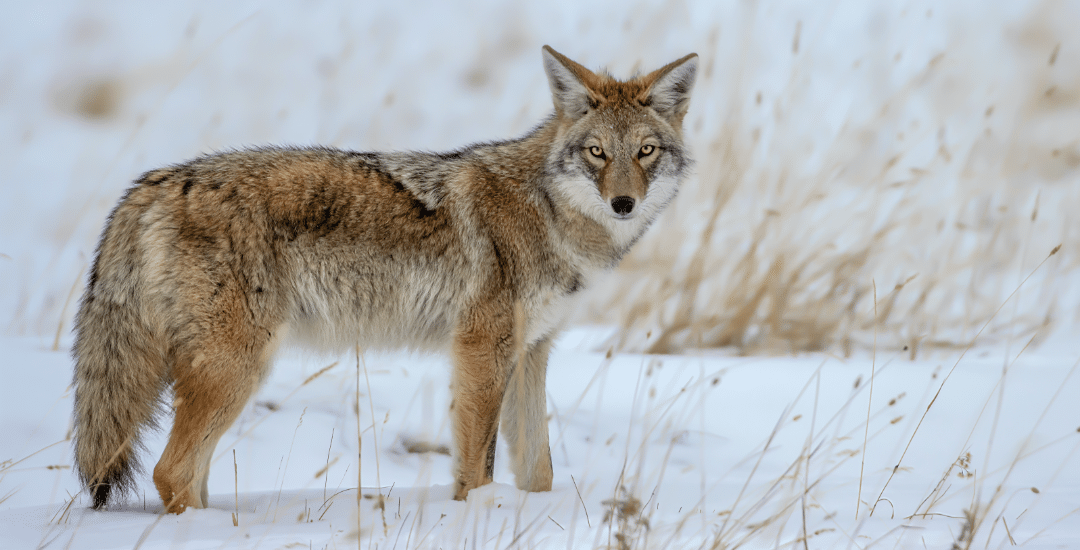5 Tips for A Successful Predator Hunt
1. Use Your Cell Cams
If you’re like a lot of deer hunters, you probably have a piece of property or maybe several hunting properties that you frequent. Most likely your cell cameras are still out there capturing images of all the critters running around, too. Now is the time to transition from watching deer to scouting predators. Your cameras might already be in a prime location for predators, or you might need to move them. You know the areas where you see or hear local coyotes all the time or those dirt-road crossings that are littered with predator tracks. These are ideal locations to set your cell cams to zero in on the hotspots.
2. Play The Wind
Predators are no different than deer, if they smell you, they’re gone! Keeping your scent in check with unscented soaps and detergents is a great idea, as well as spraying down before your hunt. Because you’ll likely be hunting more than one spot in a morning or afternoon, always check the wind so that you can setup in a spot where the animals will appear in the open before hitting your scent. It’s important to remember when calling predators, they almost always try to circle down wind of the sound, so setup accordingly.

3. Hunt Food Plots
Those beautiful food plots that you spend so much time hunting deer in during the season, are also killer locations to call predators. The lush crops attract rabbits and mice, which are at the top of the menu for coyotes, fox, and bobcats. Also, don’t overlook those harvested ag fields for great calling action too.
4. Call Them In
Predators are opportunistic feeders. Yes, they will catch and kill their own food, but they will also steal it given the chance. So, when a coyote hears a distress sound, they often come running to snatch the prey from another predator. Stick with a simple mouth-blown rabbit-in-distress call as this will bring in coyotes, fox, and bobcats. If coyotes are your main target, these distress sounds are great too: kitten, fawn, pup, and bird. January and February are also the coyote breeding season, so coyote vocalization calls will work great, too. Female howls are a good one as they don’t intimidate younger coyotes, but if you have a dominate male barking back at you then a male challenge call can really make him mad! If you’re wondering how to make all these calls, I would suggest getting one of the many electronic callers on the market that come pre-loaded with many of these sounds.
5.Use A Decoy
A decoy for predators works the same way as it does for turkey hunting. It gives the animal a visual to que in on and can draw out those wary coyotes and bobcats. Some of the remote-operated electronic callers come with a motion decoy mounted on top, so you can place the sound and decoy 50 to 100 yards out from your location. A decoy can be as simple as a turkey feather tied to a piece of string connected to a wooden stake that is pushed into the ground as well. A predator will be looking for motion when investigating a distress sound and a decoy can be the closer. Decoys also do a great job of distracting the predator’s attention so that the hunter can make a slight adjustment to take a shot without being seen.
Predator hunting is a great way to extend your hunting season and help thin out a few of those fawn killers and turkey-nest predators before spring. Good luck!


Featured
Juicy homemade jalapeno cheddar brats are perfect for grilling all summer long. They’re packed with all the right seasonings and fresh ingredients, making them extra tasty.

Featured
MeatEater and Moultrie Mobile join teams to bring hunters closer to nature.

Featured
These wild turkey skewers are tender and smothered in a homemade teriyaki glaze. Wild turkey sometimes gets a bad reputation for being a tough meat but when prepared properly using the steps in this recipe, the results are amazing.



